Curriculum (Re)design
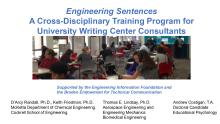
Engineering Sentences at a Writing Center: A Cross-Disciplinary Collaboration (College Composition and Communication Regional Conference)
D'Arcy Randall gave a virtual presentation about the pilot program developed as part of her PTF Initiative at the College Composition and Communication Regional Conference at the University of Southern California on Dec. 19, 2020.
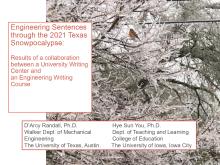
Engineering Sentences through the Texas Snowpocalypse: Results of a collaboration between a University Writing Center and an Engineering Writing Course (CCCC)
D'Arcy Randall gave a co-authored presentation about the program developed as part of her PTF Initiative at the Conference on College Composition and Communication on February 16, 2023 in Chicago, Illinois, themed "Doing Hope in Desperate Times." The presentation was part of a session featuring Writing Centers titled "Cross-Disciplinary Collaborations to Promote Transfer and Self-Efficacy," which was among hundreds of sessions of varied topics, formats, and scholarly approaches for over 1000 attendees.
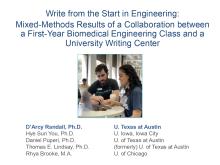
Write from the Start in Engineering: Mixed-Methods Results of a Collaboration between a First-Year Biomedical Engineering Class and a University Writing Center (ASEE)
PTF D'Arcy Randall delivered a co-authored presentation at the American Society for Engineering Education (ASEE) Annual Conference in Baltimore, Maryland, on June 26, 2023.
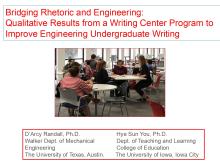
Bridging Rhetoric and Engineering (IPCC)
“Bridging Rhetoric and Engineering: Qualitative Results from a Writing Center Program to Improve Engineering Undergraduate Writing,” Proceedings from IEEE ProComm, 2024. Pittsburgh, PA (July 14-17, 2024). I delivered this co-authored conference paper at the IEEE ProComm conference. See the link for the paper.
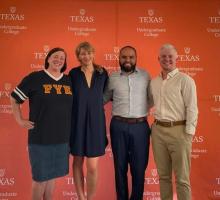
Be Well to Do Well (Signature Course Resource)
This video project was designed to be shown in all Signature Courses at UT. Together with a discussion prompt, the video aims to acquaint students with mental and physical health resources on campus, and to teach them strategies for success.
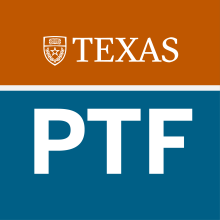
Common Ground: Strategies for Student Achievement in the Post-COVID Era
This initiative addresses the challenge of balancing student accomplishment with the necessary accommodations for student success, particularly in the post-COVID era. The project will collect empirical data from students, faculty, and advisors at the Moody College of Communication to explore how to maintain high academic standards while incorporating essential accommodations for students facing challenges such as mental health issues, food insecurity, and housing instability.

Does Increasing Course Depth While Reducing Breadth Improve Learning in College Students?
Student-centered learning strategies have been effectively used to increase academic performance and learning in students. Educators have hypothesized that course content reduction can also improve student learning. However, support for this idea is lacking. In the present project, I am planning to assess whether a content reduction strategy increases the academic performance of upper-division stem students at the University of Texas-Austin.
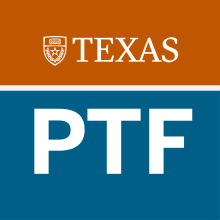
Artful Learning: Integrating Art into Teaching Practice
This project aims to transform academic instruction by integrating art into the classroom. We believe that art can make subjects more engaging and help students connect with the material on a deeper level. By integrating diverse forms of art—such as virtual art, music, film, theater, and more—into the curriculum, we aim to create a more interactive and stimulating learning environment while also supporting students' mental health through therapeutic art sessions.
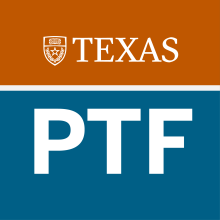
Implementing Computational Modules into the Materials Science and Engineering Undergraduate and Graduate Curricula
The development of increasingly powerful computational resources has made computational competencies new core forms of literacy that should be formed as part of basic education across all STEM fields.

QR Learning for addressing social and racial injustice
The current proposal envisions developing alternative pedagogical materials for the “Measuring Racial Inequality” course, written in plain language and accessible to students from social sciences/humanities and underserved communities and families.

